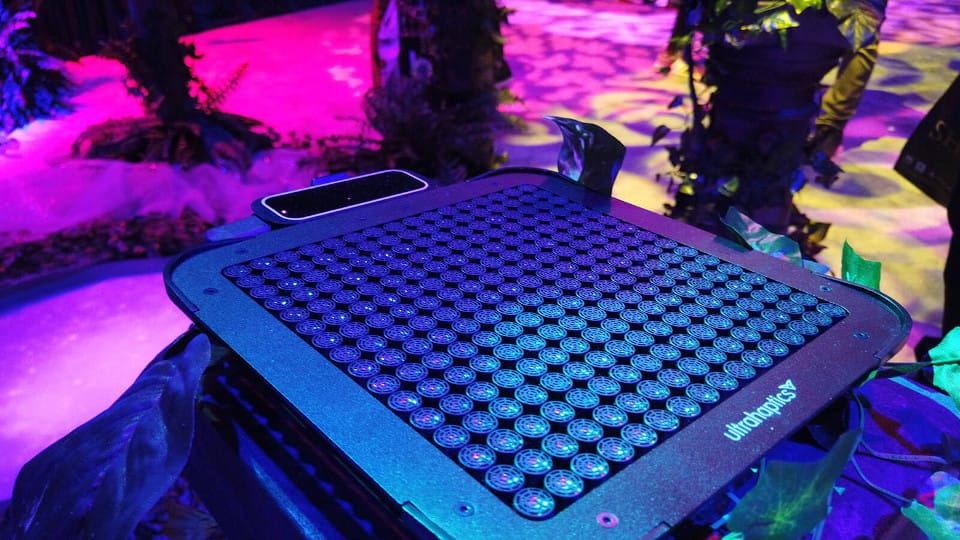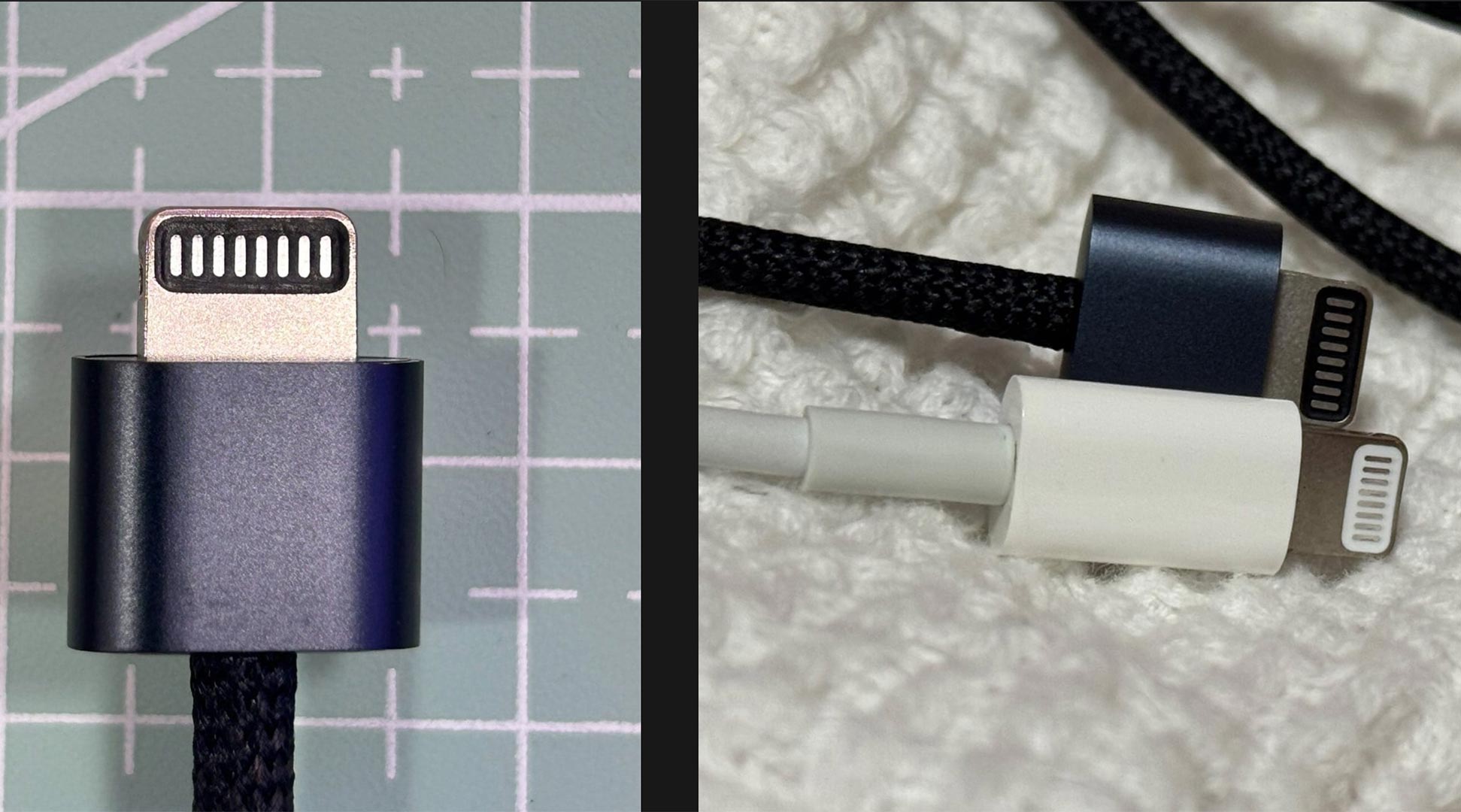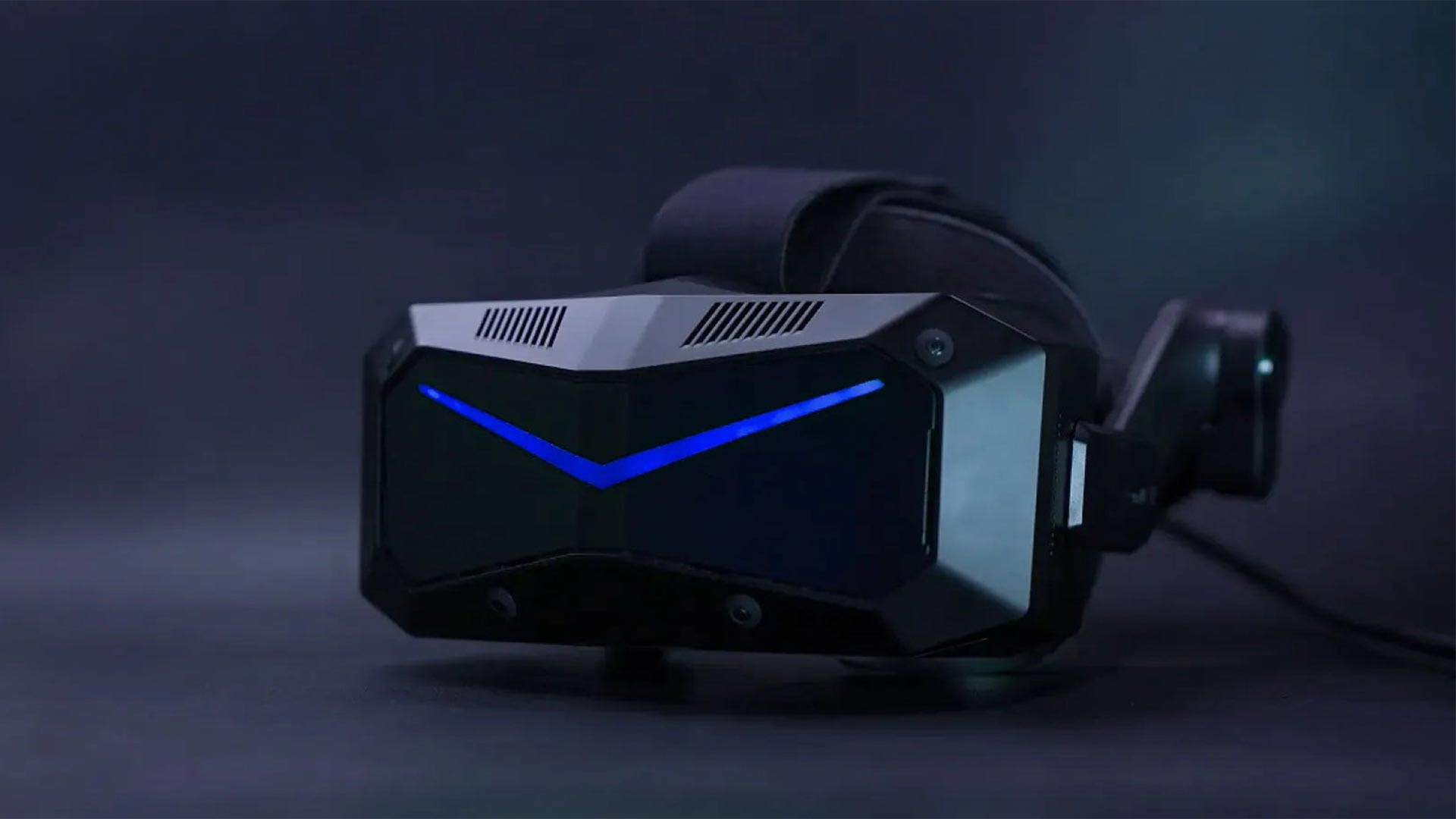Hands-on Ultraleap Stratos: feel the touch in XR without gloves!
In a few hours I’ll take a flight to go to the US to attend (and be a speaker at) AWE. I was thinking about my experience there last year, and I realized that I never talked to you about my amazing experience in Ultraleap offices in the Bay Area. In particular, I never told you about how it is using the Ultraleap Stratos Explore, something that many people ask me about. So, it’s time to fix this error of mine and tell you about it now!
Ultraleap Stratos Explore

Ultraleap Stratos Explore is the product for which Ultrahaptics (which later became Ultraleap after the fusion with Leap Motion) was famous. It is a little box you could put on your table to feel haptic sensations on your hands without wearing any kind of gloves. Yes, you’ve read it well: you just put it on your table, and then it is able to use just the air to provide haptic sensations on your fingers and your palm that are above it, without you actually touching or wearing anything. This sounds very revolutionary because it offers you a touch sensation… without actually touching anything :O. And then we know all the problems related to wearing VR gloves, including the hygiene issue, which in this period of the pandemic is a very important factor to consider, and this device seems to solve them all.
I’ve always been curious about trying it, because I wondered how well it is able to recreate the haptics sensations on your hands, and thanks to the kindness of the Ultraleap guys, I have been able to do that.
Hands-on Ultraleap Stratos

Ultraleap Stratos presents itself as a square box with a lot of tiny cylinders on it and a Leap Motion controller to track the hands. I have always thought that the tiny cylinders were small air blowers able to blow the air against your hand to let you feel a haptic sensation, with every cylinder being a “pixel” in a “air haptic texture”. Actually, Ultraleap people told me I was totally wrong. First of all, the cylinders don’t “blow the air”, but they emit ultrasound waves: they transform electricity into a soundwave. Ultrasound waves then make the air “vibrate”. Then, there is no “pixelization”: all the small ultrasound emitters work together to create the haptic sensation on a single point in space. All their soundwaves have constructive interference in the air region above the box and the result is a relatively “big” vibration of the air at a certain point (or small region) in space, which is where you have the haptic sensation. This means that all the emitters contribute together to every haptic sensation, no matter its position or size. Imagine them all emitting a small vibration of air so that all these small air movements combined create a sensible air vibration in a certain region over the box.

The Leap Motion controller is there so that the box can track the hands and provide the haptic feedback in precise positions of them (e.g. on the index fingertip). Notice that this is not always needed because Stratos can also create a haptic region in an absolute point in space, or in a moving region in space.
I have tried many demos of this haptic system, some were in VR and others were not. In VR I was for instance able to use this system associated with some physical interfaces: for instance I was able to rotate a virtual knob to make things happen in the virtual world around me and feel the sensations related to touching the knob. The non-VR context was instead a prototype of a smart car interface… if you want to use hand tracking to interact with the car computer, you must have a way to tell the user where the hand tracking is actually working. Stratos may help a lot in this: you move your hand above the display even without looking at it, and when you feel a tiny haptic sensation in the air, you know that that is the right point to swipe and pinch with your hand to interact with the system. And then of course all the interactions have a bit of haptic feedback. I’ve found it to be a smart way of letting you use hand tracking in front of a flat display without having you to constantly look at your hands, because the system already provides haptic feedback to them, so you don’t need to look at them, and the interaction becomes more natural.
Haptic sensation
Ok, now it’s time that I answer the most important question you have in your head: “How is the haptic sensation of this device?” and also: “Can it substitute haptic gloves?”.
Let’s start with the first question: it’s hard to describe a sensation, but I’ll try my best. When you feel the haptics given by Stratos, you feel like the air has a texture, like if it was a bit more dense and this region of dense air had a shape, and also like if there was a bit of vibration/electricity on it. Imagine the sensation you have when a little pipe is blowing on your finger, then imagine if this touch sensation was more “structured”, like if this blown air was not focused on a single point, but it had a shape, like it created a sphere. This is what you feel with this device..
The cool thing is that these haptics can be delivered in two ways. The first one is the obvious one of a specific point on your hands: e.g. the device makes you feel something on your palm (thanks to the tracking provided by the Leap Motion Controller). The second one is about having haptics in a fixed region in space: this means that there is a precise “point” in space above the box where there are haptics, and when you move your hand on it, you feel the haptic sensations in the parts of the skin that touch that point. The “point” is actually a small region, and it can be fixed in space, or move according to some parameters (e.g. going left/right in loop). The cool thing about the fixed point is that you can actually move your hand and at a certain point “feel it” with your fingers, feeling its shape made by the “dense electric air” and caress it. It is like air has a shape in that position.
The haptic sensation is very pleasant and quite unique. I have never tried something similar. As I’ve said, it is not like the usual haptic sensations given by the other devices, but it is more like a gentle touch, a slight electrical vibration on your finger.
And this leads to the answer to the second question, which is “no, this device can’t substitute haptic gloves”. They have totally different applications: gloves are more for games and B2B applications where you need strong haptic and force-feedback sensations on your fingers. You need to feel the strong sensation of having touched something, you need to feel an object to be there: e.g. you have a gun in your hand and you want to feel its recoil. Ultraleap Stratos is a gentle touch, and can’t replicate it, but it can be very useful to give you the sensation of having touched something more abstract, like for instance a UI. It is more feedback than a realistic sensation. Plus the haptic gloves work in every position in space because they are attached to your hands, while the Ultraleap device works only in the area above where it has been installed. They are different things for different purposes.

In my hands-on session in VR, I’ve found that it was able to add an interesting sensation to the experience: for instance, being able to feel the touch of a rotating knob, increased the usability and realism of it. It didn’t feel like a real physical knob, but the feedback it gave helped me in operating it and in feeling that something “was there” and was not just a visual I could operate with hand tracking.
At the end of the day, I felt the device to be very interesting, and very original. I can envision its potential, and the recent research about attaching something similar to it to the lower part of a headset shows why these haptic modules may be important for the future of XR.
And that’s it for this review! As usual, if you like it, please share it with your peers on social media, and don’t forget to add a comment about it here below!
(Header image by Ultraleap)
Disclaimer: this blog contains advertisement and affiliate links to sustain itself. If you click on an affiliate link, I'll be very happy because I'll earn a small commission on your purchase. You can find my boring full disclosure here.



